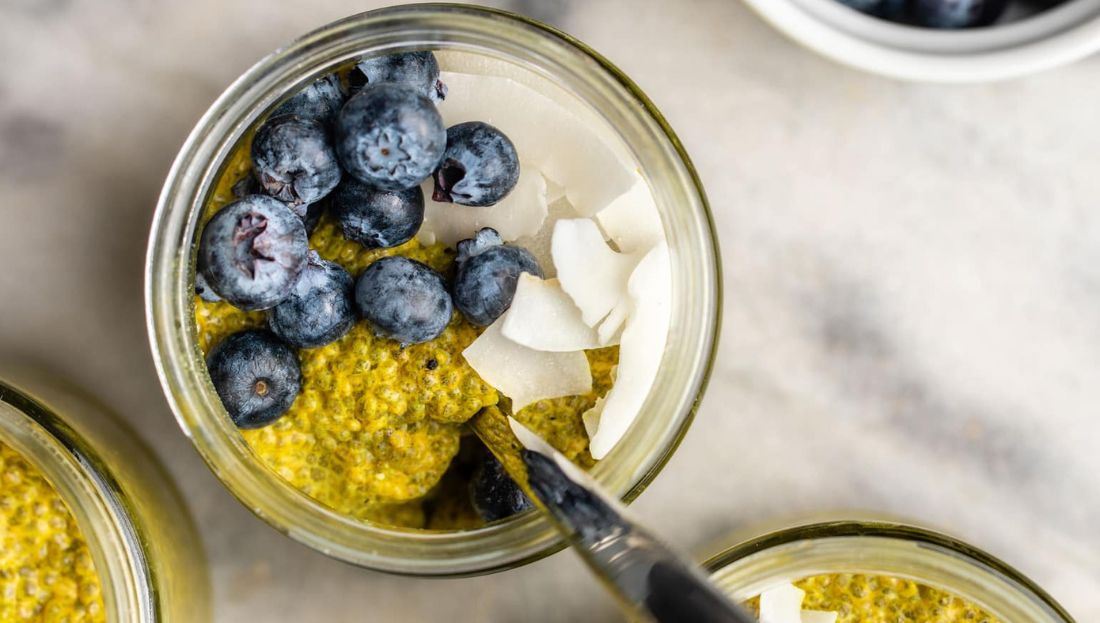By now, you’ve probably already heard about the Blue Zones, which are areas of the world in which the residents live longer compared to the rest of the world. They were first conceived by National Geographic’s Dan Buettner in 2004 based on the number of centenarians (people who live over 100) in each of these regions.
Now, joining Okinawa (Japan), Sardinia (Italy), Ikaria (Greece), Nicoya (Costa Rica) and Loma Linda (USA) is the world’s sixth Blue Zone: Singapore.
Originally, Buettner discovered several factors may contribute to longevity in the Blue Zones, such as diet, social interactions and lifestyle. That said, Singapore is dubbed a “Blue Zone 2.0” because its longevity secrets come more from forward-thinking policies than long-established cultural traditions.
Want to find out more? We do too. Let’s explore what exactly makes Singaporeans live longer and share a few tips we can use to improve our own health and wellness.
Where is Singapore?
The Republic of Singapore is a sovereign country, city-state and sunny, tropical island in Southeast Asia. Its four major communities are Chinese (majority), Malay, Indian and Eurasian.
Singapore may be known for many things, including its skyscrapers, cleanliness, shopping centres and multicultural society, but it’s now also known as being a Blue Zone 2.0.
What Is the Average Lifespan in Singapore?
In 1960, the average Singaporean newborn could expect to live until 65 years. However, this life expectancy has increased by over 20 years, and Singapore is now ranked as the number one nation in the world for life expectancy at birth at 84.9 years.
Additionally, Singapore has the lowest rate of cardiovascular mortality and the best healthcare system in the world. Its number of centenarians has more than doubled in the past decade, as well as the number of people in their eighties and nineties.
In the past, strict laws have been invoked to govern behaviour such as spitting or chewing gum. Singapore now has additional policies and practices to make the lives of residents healthier and happier, thus boosting life expectancy.
What Do They Eat in Singapore?
Singapore cuisine consists of a diverse blend of flavours and ingredients reflective of its multicultural heritage. Popular dishes include:
- Chili crab, which is hard shell crab stir-fried in a sweet, spicy and savoury tomato and chili sauce — the national dish of Singapore
- Hainanese chicken rice, which is served with sweet and savoury dark soy, chili and ginger-garlic sauce
- Kaya toast, which is sweet and fragrant made with coconut, sugar, eggs and pandan leaves
- Fish head curry, which fuses South Indian and Chinese cultures
- Char kway Teow, which consists of fried rice noodles with prawns, pork, eggs and vegetables
These foods are all known as hawker dishes because they are commonly cooked in hawker centres. A hawker centre is an open-air complex usually found in Hong Kong, Malaysia and Singapore.
Singapore cuisine can be calorific, but many Singaporeans don’t consume desserts. The government has also implemented programs to promote healthier eating habits in recent years, like the Healthier Dining Program (HDP) and Nutritional Labelling program.
- The HDP gives food and beverage businesses grants to offer healthier options.
- The Nutritional Labelling program is mandatory to boost public health awareness and help people reduce fat, sugar and salt in their diet.
Moreover, there is heavy taxation on cigarettes and alcohol, as well as smoking bans in public spaces. This tends to deter locals from engaging in these practices as much — or at all.
What Does a Regular Day Look Like in Singapore?
Eating habits are definitely a contributing factor to Singapore’s Blue Zone status, but let’s also assess the Singaporean lifestyle for the average centenarian.
Natural Movement in Green Spaces
Just like the residents of other Blue Zones, Singaporeans stay active to keep them younger for longer. Singapore has a great public transportation system, which encourages people to get outside, walk and exercise daily.
Although Singapore’s city centre is built up and full of skyscrapers, government initiatives are prioritising the seamless integration of parks, gardens and nature reserves. There’s a reason Singapore is referred to as “the garden city,” after all. This is grounding for residents and helps them to feel calm and centred.
Drive and Ambition
Singaporeans work hard, with many having high-powered jobs that give them a reason to want to get up and go every day. This sense of purpose is similar to “Ikagai” for the Okinawans or “Plan de Vida” for the Nicoyans.
In Buettner’s new book, he recommends one big longevity lesson to learn from Singapore: “focus on financial success.” Alternately, if they’re retired, Singaporeans will find another sense of purpose, whether it’s a hobby, helping family or being part of a community.
Faith and Prayer
Almost 80% of adult Singaporeans are religiously affiliated and find time every day for religious practices, according to the Pew Research Center.
Buettner’s research found that Singapore centenarians belong to some faith-based community. In fact, attending faith-based services four times per month supposedly may add 4-14 years of life expectancy.
Time With Loved Ones
People in the Blue Zones prioritise their loved ones and keep them close by, often seeing them every day. Singapore has the Proximity Housing Grant, which financially incentivises older people to live with or near their parents and children, instead of retirement homes.
The idea is that older people will get better care from family members, which ends up favouring their life expectancy.
Quality Healthcare
Lastly, Singaporeans have universal healthcare, which includes prevention, treatment, rehabilitation and palliative services. It is ranked as the best in the world, according to the 2023 Legatum Prosperity Index.
Singaporeans know if they’re feeling unwell they can access quality healthcare without the higher costs that you may expect in other parts of the world. This is because the government has policies in place that ensure people stay healthy, rather than charging them excessive costs for this basic need.
The Singapore government has been proactive in trying to increase the life expectancy of residents, in general, and it’s definitely working. By eating a healthy diet, spending time in green spaces, having drive, being around loved ones, prioritising faith and taking advantage of the best healthcare in the world,
Singaporeans are experiencing a higher quality of life and improved longevity.
Having leaders set out to create an environment of health and wellbeing from the start is the next frontier of ageing. Now, all that’s left to ask is, will there be a seventh Blue Zone?





